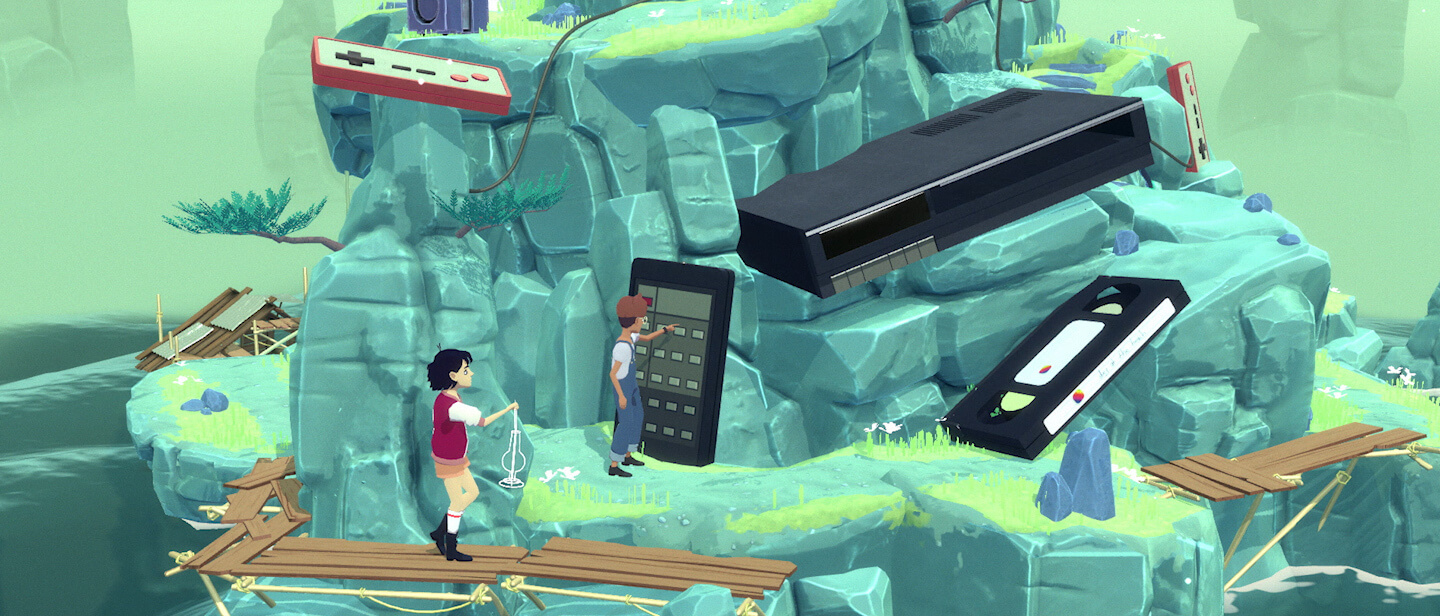The Story of the Moving Image Videogames

It starts in the lab
In 1947, British mathematician and codebreaker Alan Turing wrote code for a computer to play chess. He hypothesized that if a computer could play something as complex as chess, it could be taught to think. This baby-step in the development of Artificial Intelligence (AI), inspired other scientists and engineers to begin experiments with computing, laying the foundation for videogames.
During the early years of the Cold War in the 1950s, computers were often housed in university research laboratories and were part of the race to develop technological advantages over the enemy. There was a long way to go though, as they were the size of an entire room and often took hours to run calculations. Videogames like NIMROD had been developed to demonstrate these new technologies, not for play or fun. In 1958 that changed, when American physicist William Higginbottham made Tennis for Two for an oscilloscope in the Brookhaven National Laboratory.
In the early 1960s, Harvard and MIT employees Martin Graetz, Steve Russel and Wayne Wiitanen created a game from data stored on punched paper tape called Spacewar! The game featured two ships battling on a digitised starfield and was seen by Nolan Bushnell, the founder of Atari. This inspired him to release Atari’s first arcade machine, Computer Space.
Tennis for Two (1958) playthrough, via YouTube
Lyle Bickley, of the PDP-1 restoration team guides a tour of Spacewar! (1959), via Curious Marc's YouTube channel
Videogames First home console
While Atari enjoyed the success of Pong and focused on luring people into spending money at arcades, another key figure in the development of videogames was experimenting with how to bring them into the home.
Ralph Baer is fondly referred to as ‘the father of videogames’. In 1966, while researchers in laboratories did their work, Baer started developing his multi-game Brown Box prototype, which was a forerunner to the home consoles we know today. Baer’s little device went through many iterations and we have the 8th version preserved in the ACMI Collection. Originally known as the ‘TV Game Unit #7’, Baer’s is commonly called the Brown Box due to the iconic wood-grain vinyl adhesive attached to the outside, which he thought would make it attractive to potential investors.
Videogames The arcade era

































